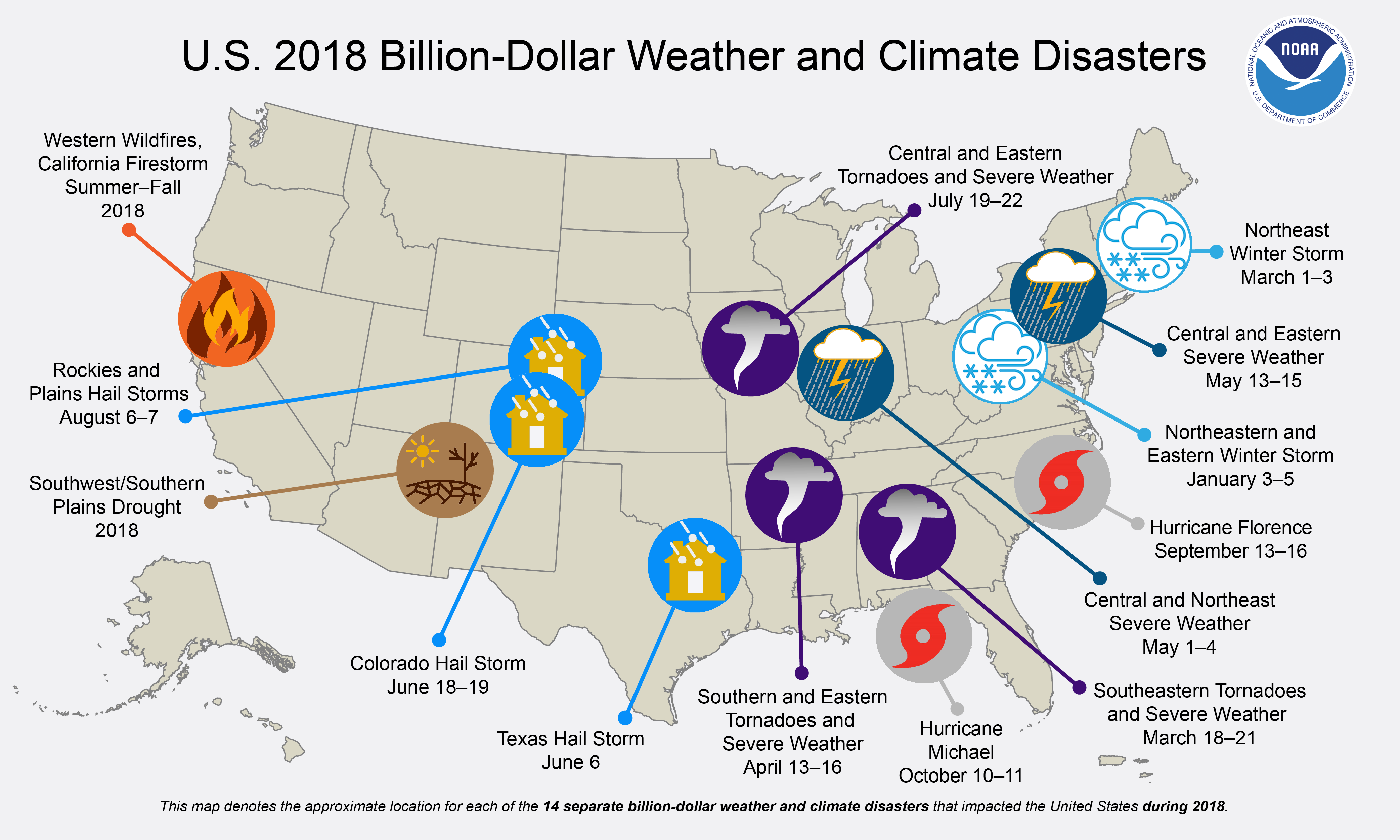
The Pacific Northwest is facing an unprecedented fire season, in which wildfires have burned more than 2.5 million acres in California alone, with additional acres burned in Oregon and Washington. Wildfires and other disasters can be particularly devastating for vulnerable communities. Members of these communities tend to experience worse health outcomes from disasters, have fewer resources for responding and rebuilding, and receive less assistance from state, local, and federal agencies. Because burning wood releases particulate matter and other toxicants, the health effects of wildfires extend well beyond burns. In addition, deposition of toxicants in soil and water can result in chronic as well as acute exposures.
Our resources can inform communities as they prepare for and respond to environmental disasters such as wildfires. All are free to download.

California and other wildfire-prone western states have experienced a substantial increase in the number and intensity of wildfires in recent years. Wildlands and climate experts expect these trends to continue and quite likely to worsen in coming years. Wildfires and other disasters can be …[more]

Although ecosystems, humans, and fire have coexisted for millennia, changes in geology, ecology, hydrology, and climate as well as sociocultural, regulatory, and economic factors have converged to make wildland fire management exceptionally challenging for U.S. federal, state, and local …[more]

Evidence-Based Practice for Public Health Emergency Preparedness and Response
When communities face complex public health emergencies, state local, tribal, and territorial public health agencies must make difficult decisions regarding how to effectively respond. The public health emergency preparedness and response (PHEPR) system, with its multifaceted mission to …[more]

A Framework for Assessing Mortality and Morbidity After Large-Scale Disasters
In the wake of a large-scale disaster, from the initial devastation through the long tail of recovery, protecting the health and well-being of the affected individuals and communities is paramount. Accurate and timely information about mortality and significant morbidity related to the disaster …[more]

Emergency Alert and Warning Systems: Current Knowledge and Future Research Directions
Following a series of natural disasters, including Hurricane Katrina, that revealed shortcomings in the nation’s ability to effectively alert populations at risk, Congress passed the Warning, Alert, and Response Network (WARN) Act in 2006. Today, new technologies such as smart phones and …[more]

Enhancing the Resilience of the Nation’s Electricity System
Americans’ safety, productivity, comfort, and convenience depend on the reliable supply of electric power. The electric power system is a complex “cyber-physical” system composed of a network of millions of components spread out across the continent. These components are owned, operated, …[more]

Disaster Resilience: A National Imperative
No person or place is immune from disasters or disaster-related losses. Infectious disease outbreaks, acts of terrorism, social unrest, or financial disasters in addition to natural hazards can all lead to large-scale consequences for the nation and its communities. Communities and the nation …[more]

Geotargeted Alerts and Warnings: Report of a Workshop on Current Knowledge and Research Gaps
Geotargeted Alerts and Warnings: Report of a Workshop on Current Knowledge and Research Gaps is the summary of a February, 2013 workshop convened by the Computer Science and Telecommunications Board of the National Research Council to examine precise geotargeting of public alerts and …[more]










